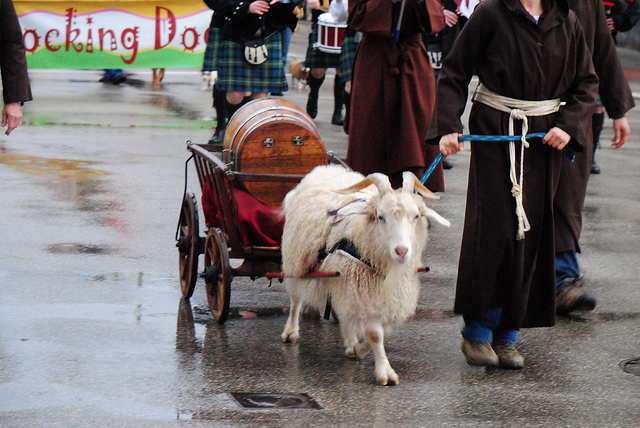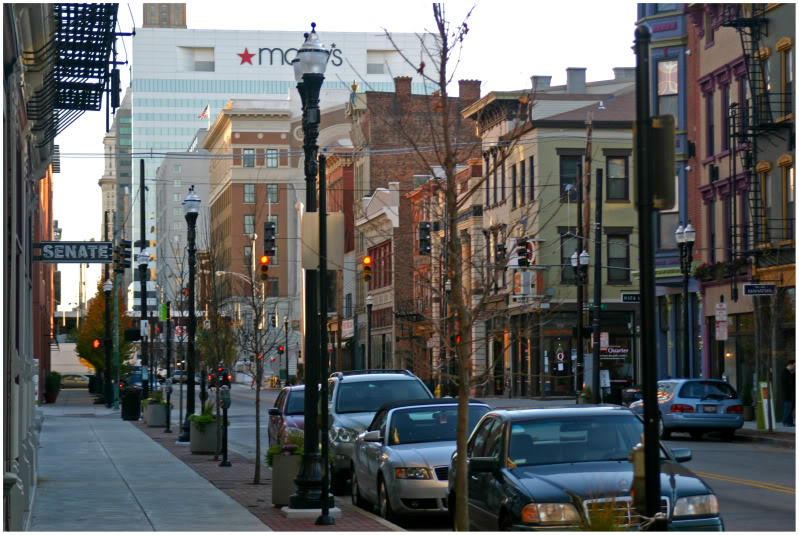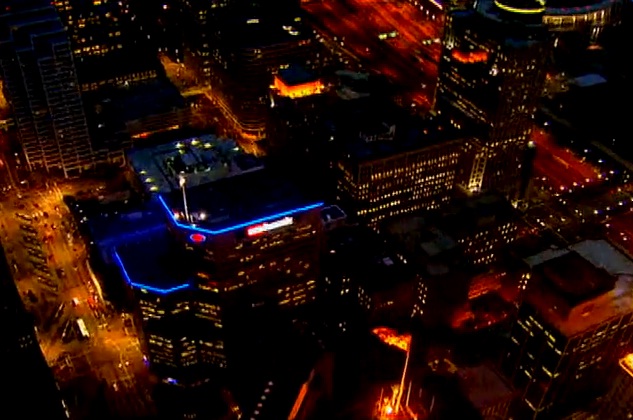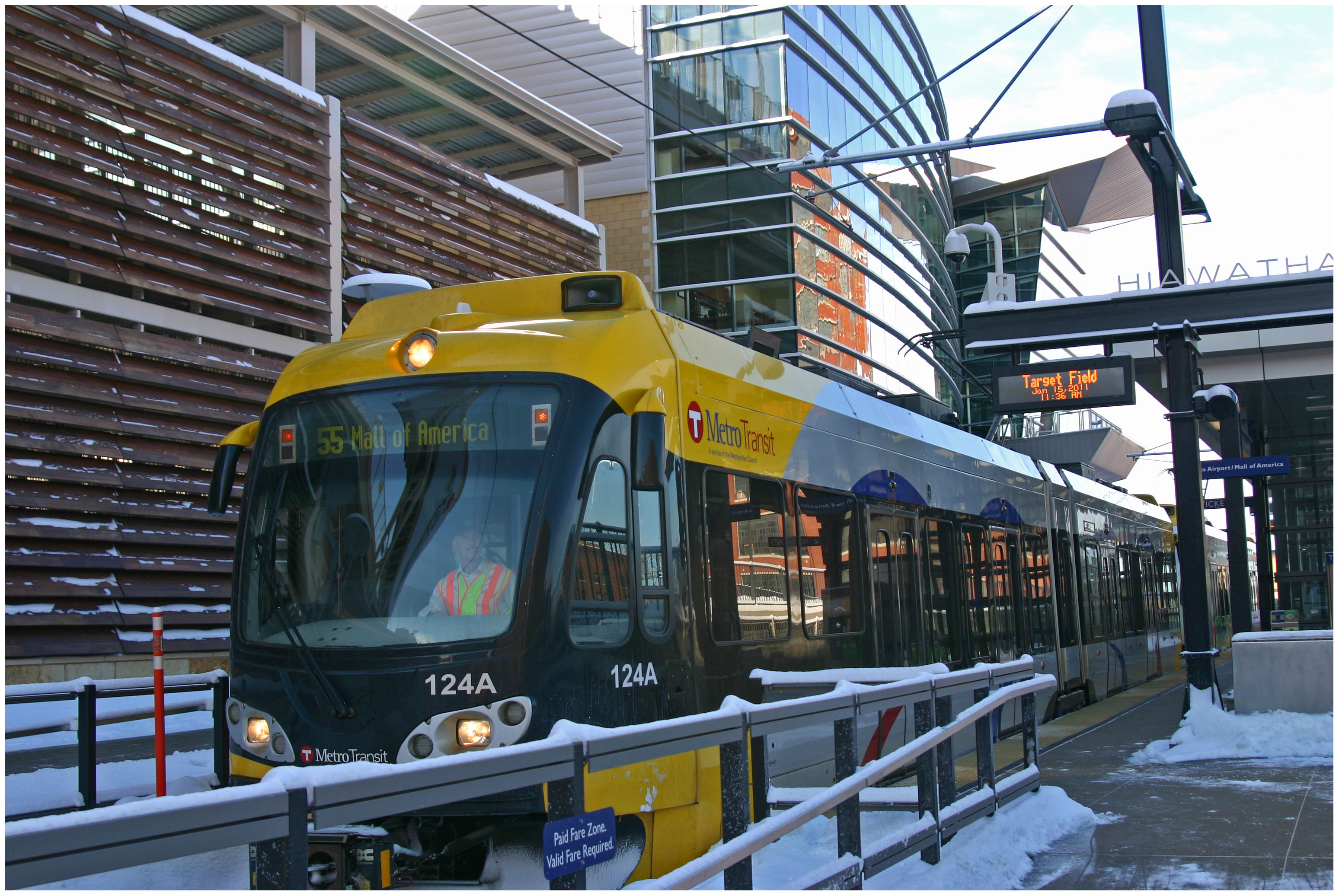Let me start this week’s op-ed column off by saying I love print media. I love newspapers and magazines. Some might even call me a news junkie, but I have long been disappointed with the Cincinnati Enquirer – the region’s last surviving daily print newspaper.
Early on it was the Enquirer’s pro-suburban/anti-urban coverage that got me bent out of shape. The move was justified by Enquirer leadership that saw the region’s growth becoming increasingly suburban, and they seemed to aspire to steal market share from the Dayton Daily News as the two markets begin to merge.
Over time this situation has leveled off, but then the paper shifted its attention to the web. This was a seemingly smart move in an increasingly digital world, but I felt that taking professional journalists and writers off of their beats and giving them blogger duty did not do the staff or newspaper any justice.
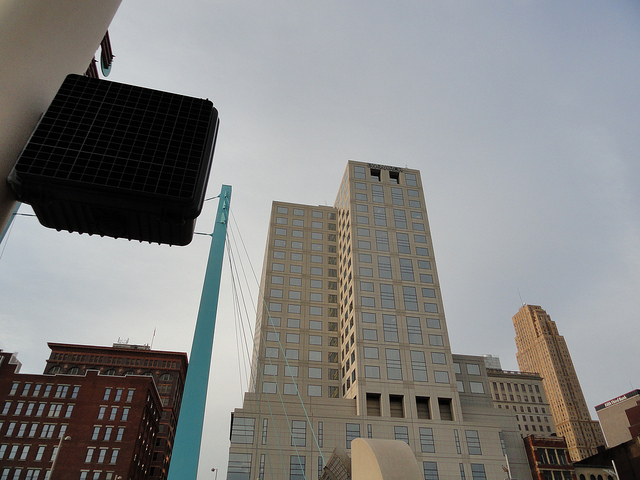
The Enquirer is not going to beat the bloggers, nor should it try. What bloggers have proven is their ability to cover hyper local news extremely well. What bloggers have not been able to do is cover substantive stories or conduct investigative reports. This is where, I believe, the Enquirer needs to focus its attention. UrbanCincy will continue to cover on-street bike corrals and small business openings, while the Enquirer should dive into stories that pose public concern and act as a public watchdog. Deal? Deal.
Unfortunately, it appears that leadership at the Enquirer finds it more beneficial to go after the exact opposite. The Enquirer has put forth an aggressive push to gobble up as many local blogs under their mighty Cincinnati.com network. (UrbanCincy remains independent by the way)
Then you have their newly debuted website which includes a lot of new things – more ads, larger font type and many more visuals. One thing has decreased on the new website though. There are noticeably fewer of those pesky news stories.
If you look to the Enquirer’s print edition it is not much better. The print newspaper is often filled with stories picked up from the Associated Press, other nearby newspapers or syndicated columnists. The bottom line is that the last remaining daily newspaper in Cincinnati is getting thinner and weaker, and the leadership there appears content with going after what they probably see as low hanging fruit.
This was recently highlighted by the debut of the Enquirer’s new blog aggregator. CincyBlogs.com has taken blogs from all over the region and used their RSS feeds to set up a one-stop shop for blog content. This is a great tool and one that many had hoped Cinplify would debut first.
The problem is that those resources may have been better spent empowering the Enquirer’s professional journalists that are capable of doing so much better work than what they are currently being assigned. To Enquirer leadership: your professional staff, Cincinnatians, and your readers deserve better.
Enquirer Building photograph by UrbanCincy contributor Thadd Fiala.
